#Shipbuilding History
Explore tagged Tumblr posts
Text
Day 20: The History and Construction of the Waverley Paddle Steamer
The Waverley Paddle Steamer is one of the most iconic ships ever to sail the waters of Britain. Built in 1947, it is a celebrated symbol of maritime engineering and a cherished link to the era of steam-powered vessels. As the last seagoing passenger-carrying paddle steamer in the world, its legacy is deeply intertwined with the history of shipbuilding in Scotland and the broader narrative of…
#article#Boat#Boats#British Maritime#Clyde Built#Clyde River#Colour#Day 20#Historic Ships#Historic Vessel#Isle of Wight#Marine Preservation#Maritime Engineering#maritime heritage#Maritime History#Nautical Heritage#Nautical Technology#Paddle Steamer#Paddle Steamers#Photography#Restoration Projects#Scottish Engineering#Scottish History#Sea#seashorepicsseptemberphotochallenge#Seaside#Ship Construction#Ship Restoration#Shipbuilding#Shipbuilding History
0 notes
Text

the ship yards in aberdeen, washington real photo postcard by edwin patton, ca. 1910s
65 notes
·
View notes
Text
Today's manuscript is LJS 473, a 15th century Italian treatise on ships and shipbuilding. It includes information on cartography, construction and use of the compass, types of ships, and meteorology and astronomy for use in navigation, and has two maps of the earth - one of the earth and the spheres surrounding it (representing the sky and the Zodiac), and the other that divides the earth into temperate zones (hotter around the middle and colder on the ends).
🔗:
#medieval#renaissance#manuscript#ships#shipbuilding#nautical#illustration#illumination#illuminated manuscript#15th century#italian#italy#book history#rare books
394 notes
·
View notes
Text







Donald McKay – Scientist of the Day
Donald McKay, a Canadian/American shipbuilder, died Sep. 20, 1880, at age 70.
read more...
#Donald McKay#shipbuilding#clipper ships#naval engineering#histsci#histSTM#19th century#history of science#Ashworth#Scientist of the Day
32 notes
·
View notes
Text
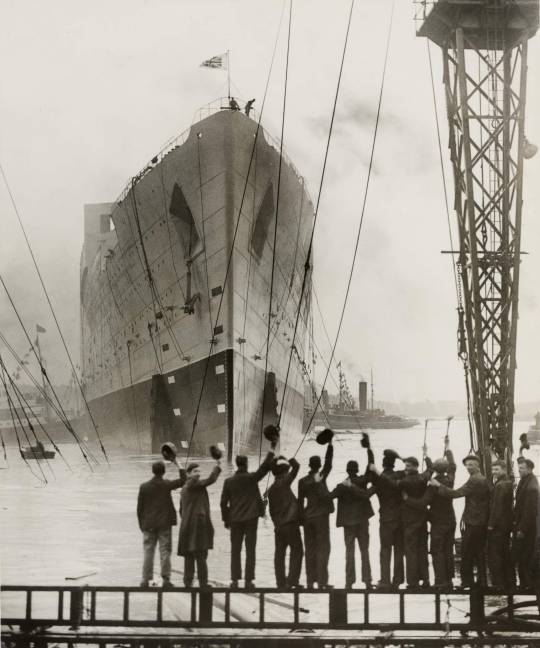
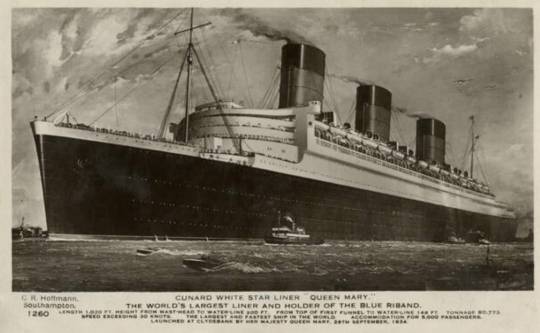
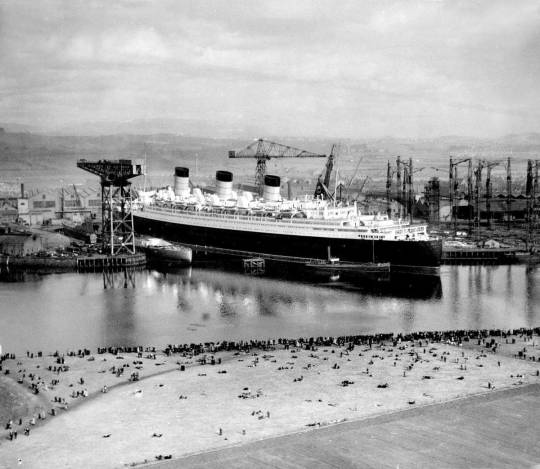
On September 26th 1934 the Liner Queen Mary launched at John Brown’s shipyard, Clydebank.
The construction of still the unnamed Cunard Queen Mary ship began in December 1930 (the ship’s keel was laid down on 31 January 1931) in the yard of “John Brown & Co” at Clydebank. The launch was scheduled for May 1932, but the work on the ship was suspended in December 1931 due to the world economic depression. A loan of 9.5 million pounds from the Government was granted to the Cunard Line with enough money to complete the Queen Mary ship and to build a second liner – the Queen Elizabeth.
As a direct result of this most advantageous deal, the Cunard Line merged with its main rival White Star on 10th May 1934 into Cunard White Star Ltd. The Queen Mary construction resumed in April 1934, the liner was completed by August and launched on 26th September at a total cost of 3.5 million pounds sterling.
The work was completed in March 1936. The Queen Mary ship sailed out for preliminary trials and after being painted in Southampton, the liner was handed over to Cunard White Star Line on 11th May 1936. RMS Queen Mary ship first sailing was on 14th May with its Transatlantic itinerary being Southampton-Cherbourg-New York. By May 1937 the liner had carried a total of almost 57,000 passengers.
The main speed-rival of the QM ship was SS Normandie – a liner built in France and operated by the French Compagnie Generale Transatlantique line. The Queen Mary took the Blue Riband (the prestigious award given to a ship with the speed record for a transatlantic crossing) from the French liner SS Normandie in August 1938, with record speeds for both west- and eastbound crossings of the Atlantic Ocean – the average speeds was, respectively, 30,63 kn (35m25 mph, 56,7 km/h) and 30,14 kn (34,68 mph, 55,82 km/h).
In 1937, the Normandie liner was refitted with new propellers, enabling her to take the Blue Riband, but in 1938 the Queen Mary ship reclaim the honour for best speeds in both directions – westbound 30,99 kn (35,66 mph, 57.39 km/h) and eastbound 31,69 kn (36,47 mph, 58.69 km/h). This record was beaten by the SS United Sates liner in 1952.
The last commercial sailing of the ship Queen Mary was on 30 August 1939 departing from Southampton and then berthed at New York until the end of 1939. With the outbreak of the Second World War, she was converted into a troopship and ferried Allied soldiers for the duration of the war.
Following the war, Queen Mary was refitted for passenger service and along with Queen Elizabeth commenced the two-ship transatlantic passenger service for which the two ships were initially built. The two ships dominated the transatlantic passenger transportation market until the dawn of the jet age in the late 1950s. By the mid-1960s, Queen Mary was ageing and, though still among the most popular transatlantic liners, was operating at a loss.
After several years of decreased profits for Cunard Line, Queen Mary was officially retired from service in 1967. She left Southampton for the last time on 31 October 1967 and sailed to the port of Long Beach, California, United States, where she remains permanently moored. Much of the machinery, including one of the two engine rooms, three of the four propellers, and all of the boilers, were removed. The ship serves as a tourist attraction featuring restaurants, a museum and a hotel. The ship is listed on the National Register of Historic Places. The National Trust for Historic Preservation has accepted the Queen Mary as part of the Historic Hotels of America.
RMS Queen Mary remains in Long Beach but recently it has been reported it is in need of significant repairs according to assessments and photos in 2019 and 2020. An estimated $289 million in repairs are needed after years of decline and the most recent operator going bankrupt.But even to “retire and recycle” the liner could cost up to $190m. One of the suggestions are to dismantle and sink the liner, although no long term plans have been finalised as yet.
The Queen Mary is due to open again to visitors next month, let’s hope someone can come up with a rescue plan to save her.
It has been mooted that it could return to the Clyde but the eyewatering amount of money it would take surely rules this out.
23 notes
·
View notes
Text
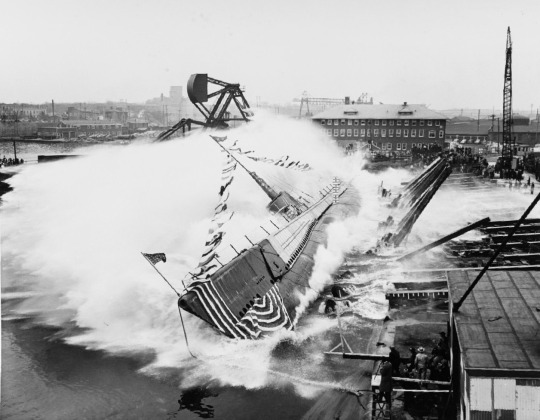
USS KRAKEN (SS-370) being launched at Manitowoc Shipbuilding Co, Manitowoc, Wisconsin. She was sponsored by Mrs. John Z. Anderson (wife of Congressmen Anderson of California).
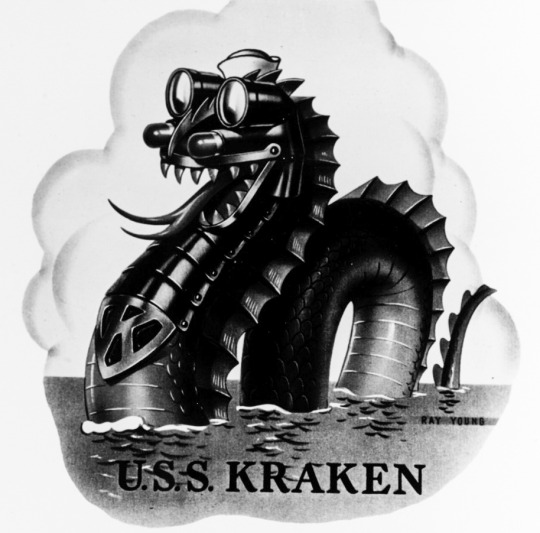
She had a cool name and insignia.
Date: April 30, 1944.
U.S. Naval History and Heritage Command: NH 72319, NH 65248-KN
#USS Kraken (SS-370)#USS Kraken#Balao Class#Submarine#april#1944#Manitowoc Shipbuilding Co#Manitowoc#Wisconsin#World War II#World War 2#WWII#WW2#WWII History#History#united states navy#navy#us navy#usn#u.s. navy#my post
207 notes
·
View notes
Text

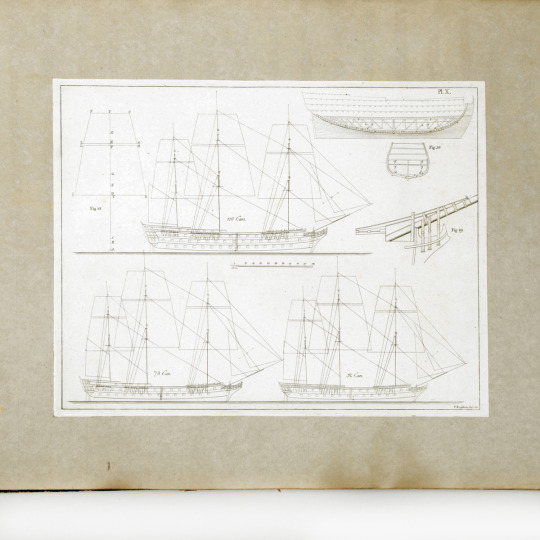
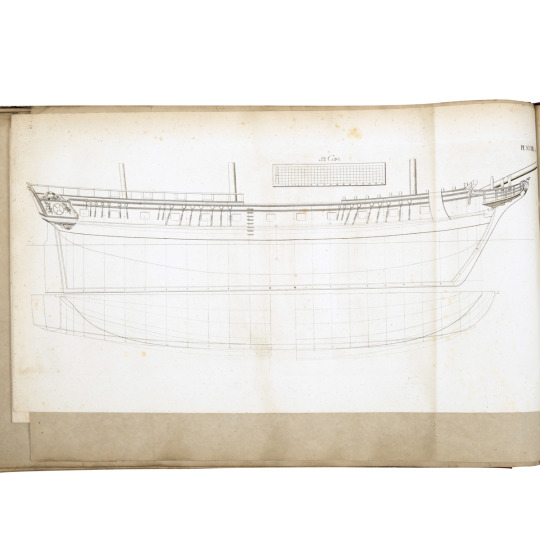
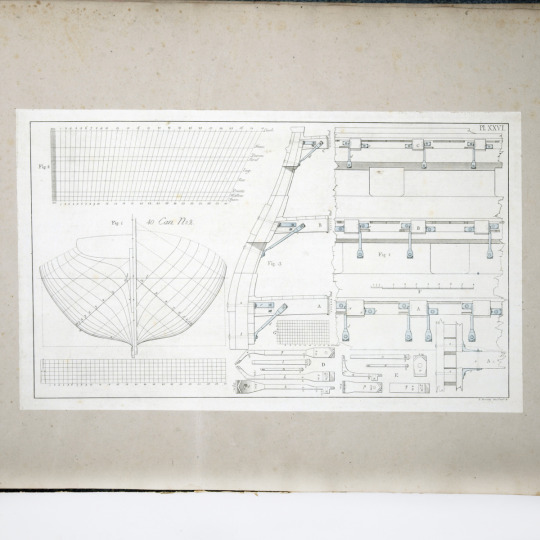
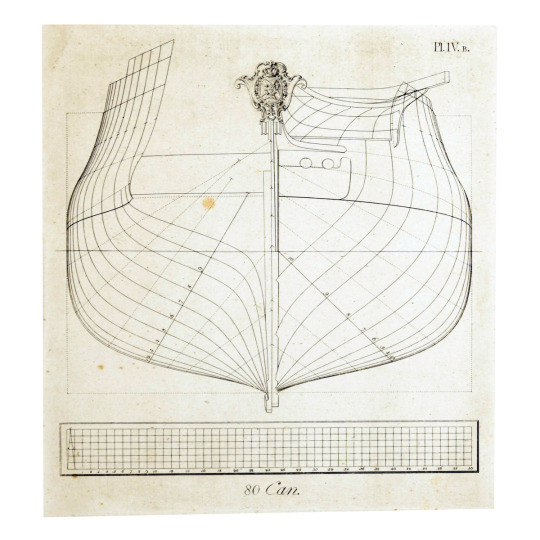
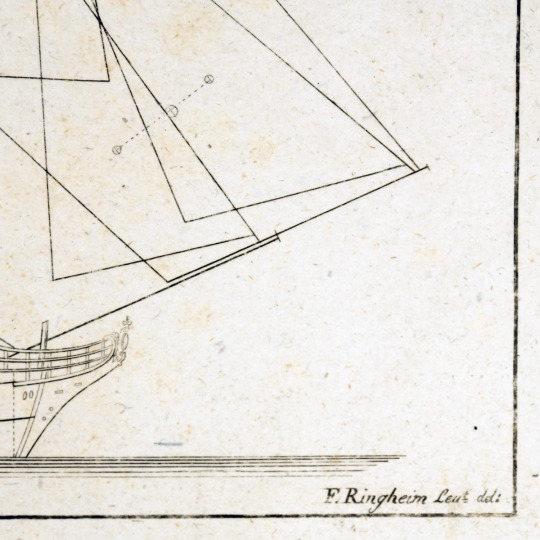
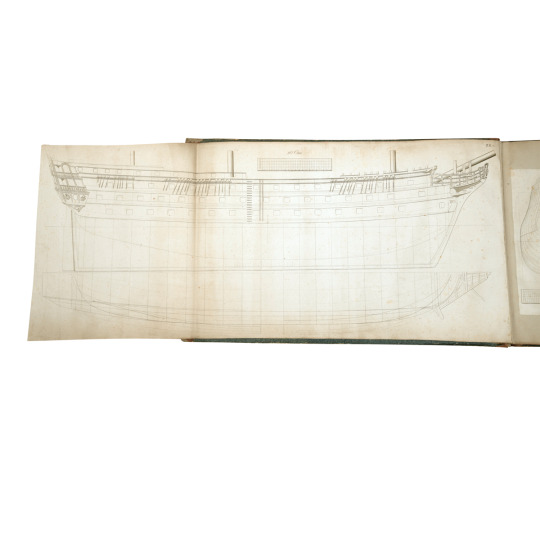


Naval Architecture War Vessels, by Frederick Chapman, c. 1770
Frederick Henry Chapman (1721-1808) was a Swedish shipbuilder, scientist, naval officer and manager of the Karlskrona shipyard for 11 years. Enjoying considerable support from King Gustav III, he is deemed to be first person to apply scientific methods to shipbuilding and his books ‘Architectura Navalis Mercatoria’ (1768) ,and ‘Treatise on Shipbuilding’ (1775) are considered to be pioneering works. They were intended for an international audience, available with text and measurements in Swedish, French and English. His work had a huge influence on international shipbuilding and designs of that time.
97 notes
·
View notes
Text
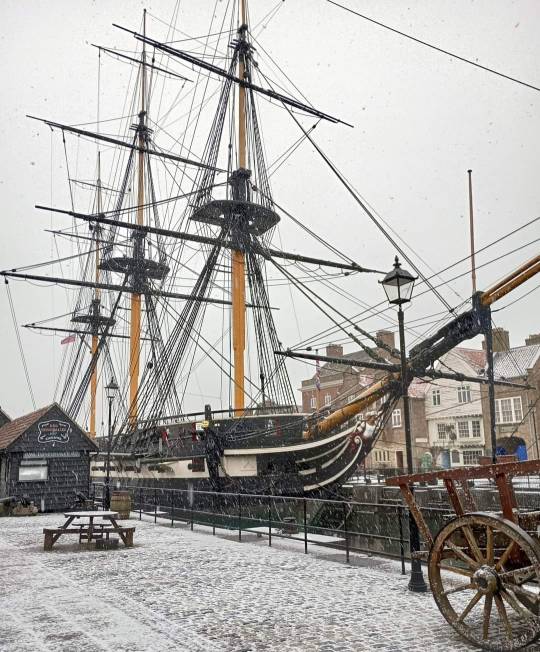
HMS Trincomalee, at the National Museum of the Royal Navy, Hartlepool.
A Leda-class frigate like HMS Shannon, she was built in Mumbai (Bombay) by master shipbuilder Jamsetjee Bomanjee Wadia, who lived c. 1754-1821 (Wikimedia Commons).

It was Wadia who ceremonially hammered a silver nail into Trincomalee's keel, following Parsi Zoroastrian tradition. I'm fascinated by the melding of global maritime traditions.
#hms trincomalee#age of sail#royal navy#naval history#jamsetjee bomanjee wadia#yeah i'm going to mention shannon every time i bring up a sister ship#maritime history#we rightly condemn imperialism but empire by its definition combines different cultures#i love the shipbuilder's portrait#the sea
53 notes
·
View notes
Text
I will say I am entirely unclear on how I ended up in the Boat Media Corner because I continue to not be deeply invested in the actual ships themselves (bro idk either - we're working on it and getting there but it may take years to develop) but apparently the one place that this is absolutely not true is anything about the Indian Ocean. I become completely and wholly obsessed with boats if you put them in Indian Ocean contexts. I went to a presentation today where they were talking about shipbuilding in the Gulf of Kutch and the networks and worlds it's a part of and I was enthralled by those ships.
#i think if i could turn back time and start a second academic career i'd want to do indian ocean networks and histories#the theory is so good everything that comes out of it is delicious and i want to eat it like candy#but also like. i mean the talk was about much more complex things but literally look up kutch shipbuilding#they're so beautiful and just.....augh idk even how to explain it#indian ocean scholarship and worlds make me insane i'm sorry#perce rambles
10 notes
·
View notes
Text

Informational plaque explaining the structure of a viking ship built around 1,000 AD and salvaged from a channel in 1964.
5 notes
·
View notes
Text
I just got back from a little road-trip through the Netherlands. Checked a few boxes of must see things. With a dad who’s been a seaman for 20 years and me as an art historian/archaeologist, our trip was surprisingly boat-themed.
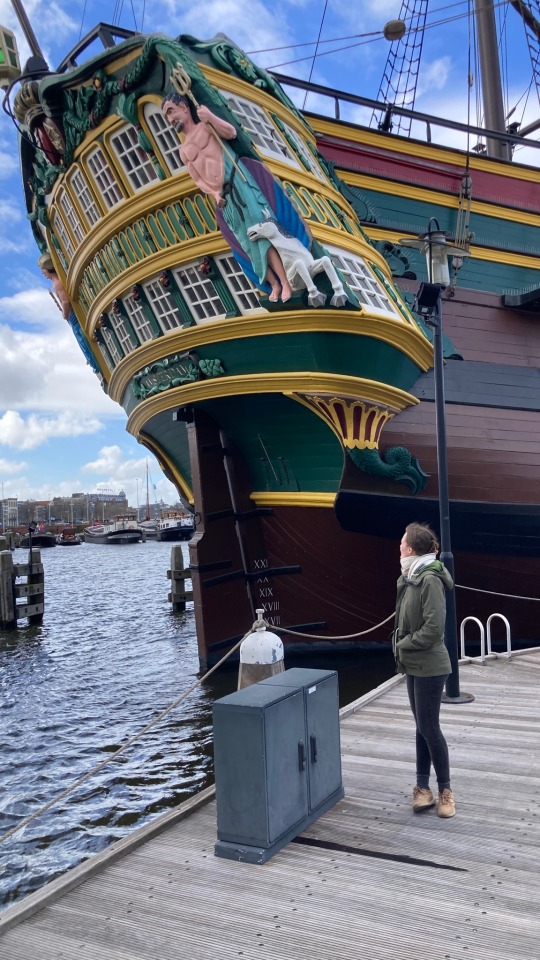
“De Amsterdam” replica of the 1749 ship that wrecked on the coast of Hastings and who’s still visible sometimes. And little me next to it. The ship below is even bigger.

The “Batavia” from 1628. This ship was involuntarily part of the first Western settlement on Australia. Mutiny caused the ship to sail too far East and wreck on the coast of Australia. Captain Cook would only arrive in Australia more than 100 years later.
There’s no surviving guidelines on how the build a Spiegelretourschip/East India men from the 17th century. The father to son craft had disappeared. Until a river boat maker in the 1980s decided to follow his childhood dream and make an East India Man. All he knew about the original ship was how wide and how long she was. And he had enough with that. His experience did the rest. And he just began building in a Frisian field with his son. He took in people left out by society and taught them wood and metal working so they could go on in life. And similarly to the original ship, after she was released from the shipyard, she sailed perfectly.
13 notes
·
View notes
Text
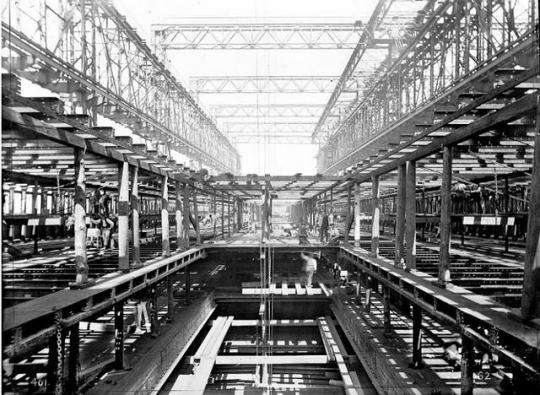
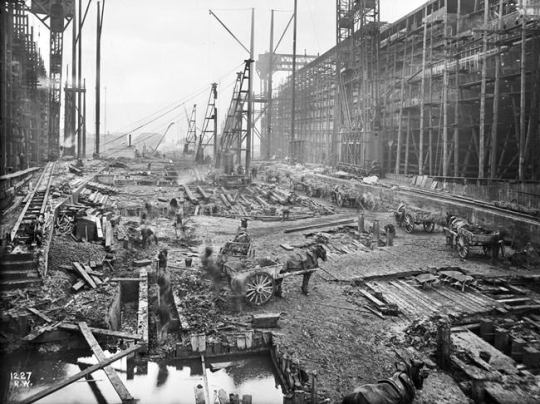

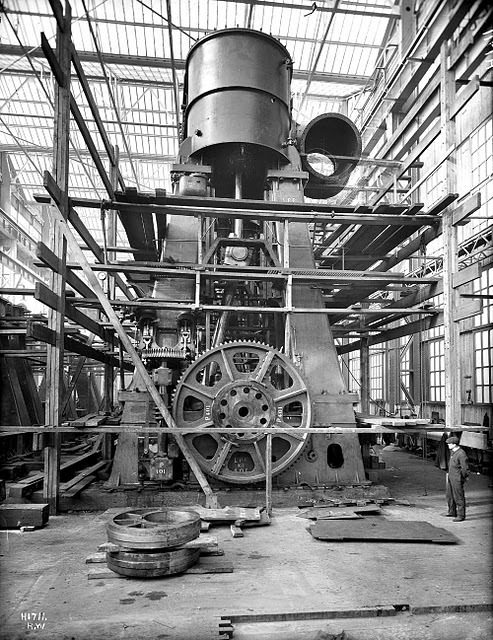
Building the Unsinkable The Story of the Titanic's Construction and Rise to Fame
#Titanic#shipbuilding#maritimehistory#oceanliners#history#vintagephotography#historicallandmarks#shipwrecks#tragedy#engineering#transportationhistory#luxurytravel
5 notes
·
View notes
Text
LJS 473 is a treatise on ships and shipbuilding by Benedetto Cotrugli, composed in 1464-1465, including information on cartography, construction and use of the compass, types of ships, and meteorology and astronomy for use in navigation.
🔗:
#medieval#renaissance#manuscript#illumination#illustration#ships#shipbuilding#astronomy#meteorology#cartography#book history#rare books#15th century
89 notes
·
View notes
Text
if you find yourself avoiding texting someone back for a few days because you know that if you dont respond to them immediately the minute they text you they are going to get mad at you and passive aggressively attack you....thats a red flag right?
i also just am exhausted by talking to this person which is a new feeling for me, an extrovert, who rarely finds people i dont enjoy talking to.
in other news this feeling of fear and trepidation in my gut is soooooo familiar that i went and blocked my step dad on instagram. like dont get me wrong i have always liked my step dad, having him around helped take my moms abuse off of me and onto him sometimes but i have seen his name watching my stories and im 100% sure it is her. and i decided i didnt need that kind of underlying fear and threat right now.
the thing with my history of abuse is - 'trust your gut' is so so fuckin hard because if my so called instincts had their way i would never trust any other human being ever. just like it is easy for me to imagine scenarios where i end up in abusive relationships....but i find it almost impossible to imagine a acenario where i end up in a happy and healthy relationship. genuinely i cannot imagine myself as an object of love. to anybody. nick used to get annoyed with me over this and i never understood how to fix it.
i also finally blocked nick because it dawned on me that if i ever exhausted him the way this one person exhausts me (which as i said, i have genuinely never experienced till now), to the point where nick would then go months or weeks without contacting me, i think it is best that we both just let this festering thing between us go and i think the only way nick will feel free to do that is if i just forcefully pull myself out of his life. and I need to stop checking for his icon whenever i post something.
anyway i scheduled my surgery at the doctors today so this could all just be me being overdramatic and fatalistic.
#jrnlsht#i also need to give up the alternate universe daydream of me moving to connecticut to live with him and his sailing ships#and working from home and saying fuck you to this california lifestyle#and existing with nick in that cozy little shipbuilders office stacked with books on history and wood working#it is too tempting and lovely and impossible a daydream
6 notes
·
View notes
Text

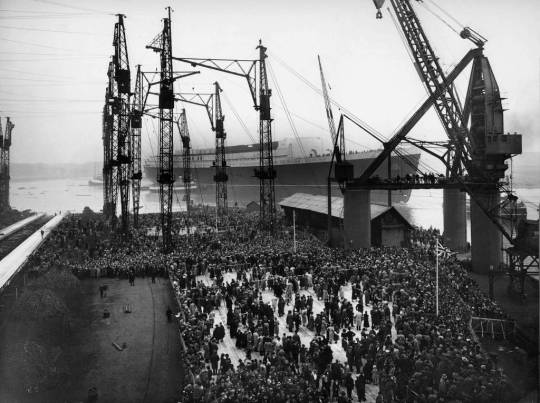

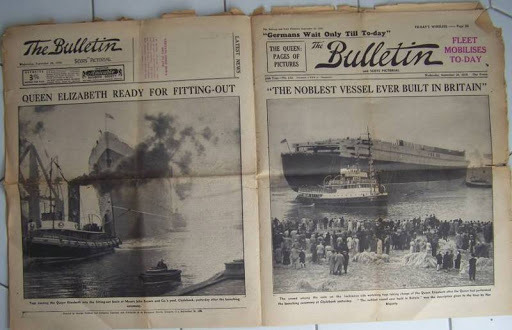
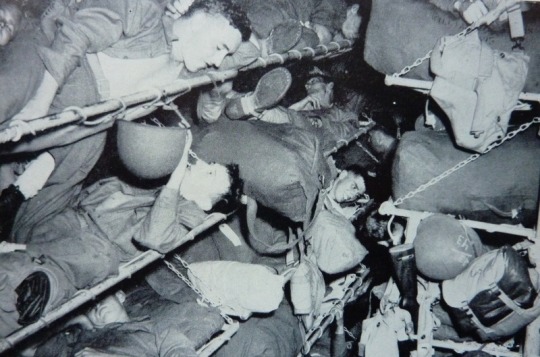
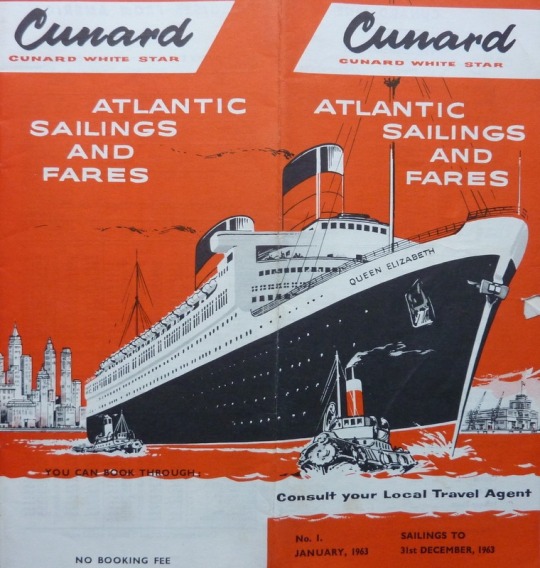
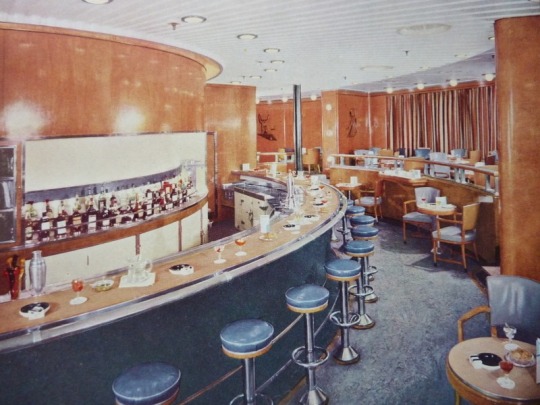
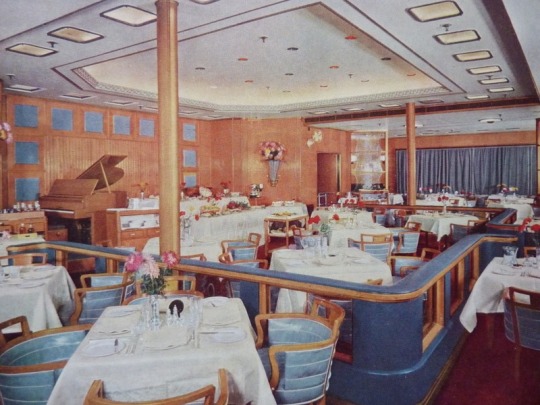
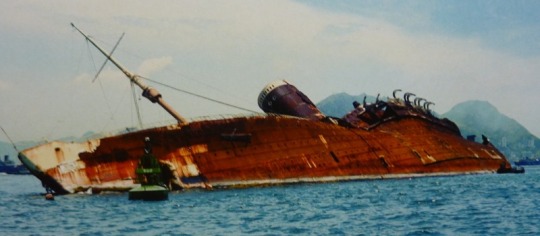

On September. 27th 1938, Queen Elizabeth, the world's largest ocean liner was launched on the Clyde.
The Queen Elizabeth was the sister ship of the Queen Mary, which was christened four years earlier, I covered this yesterday.
Unfortunately, her role as a luxury liner was short-lived - with the outbreak of the Second World War the following year, the Queen Elizabeth entered service in February 1940 as a troopship and didn’t return to her original role until October 1946.
The Cunard line’s enormous luxury ocean-goer was built on the river Clyde to sail between Southampton and New York, named after the Queen Consort (later the Queen Mother).
Following the outbreak of World War II, the security of Queen Elizabeth became a major concern for Cunard-White Star and the British Government. It was not safe to keep the ship in Scotland, as it was well known that she was a tempting target for the Luftwaffe.
Queen Elizabeth was painted in military grey before departing Clydebank for what was rumoured to be a short journey to Southampton. However, once in open sea the ship’s course was altered – Queen Elizabeth’s maiden voyage was to New York!
Thus, the untested and untried ship – then the world’s largest ocean liner – made a secret dash across the Atlantic to the safety of America. She arrived unannounced in New York, surprising officials and New Yorkers alike. Queen Elizabeth berthed alongside Queen Mary, Normandie and Mauretania Queen Elizabeth was requisitioned for wartime service on 13 November 1940.
The ship sailed to Singapore where she was refurbished into the world’s largest troop carrier. During the works, defensive armaments and a degaussing coil (to protect against mines) were fitted.
On 11th February, Queen Elizabeth sailed from Singapore bound for Sydney, Australia, arriving ten days later. Here the conversion into troop ship was completed and Queen Elizabeth undertook her first trooping voyage to the Middle East, carrying troops to Suez.
Queen Elizabeth later sailed to Canada, and carried troops to Sydney, while in 1942 the Admiralty considered possible future uses for the Queens. Their trooping capacity meant they were the most valuable large troop transports in service. When the USA entered the war in December 1941, the future use of Queen Elizabeth along with Queen Mary changed. Ultimately, the ships were most valuable operating the trooping service on the North Atlantic, and following a major overhaul Queen Elizabeth commenced this service. She remained in Government requisition for the rest of the war.
At the end of the war, Queen Elizabeth was famous on both sides of the Atlantic. The ship, which had carried over 750,000 troops, now commenced work repatriating those troops as well as the war brides.
Queen Elizabeth was released from Admiralty service in 1946. Her post-war overhaul and refurbishment was carried out both on the Clyde and at Southampton. This overhaul saw luxury passenger interiors installed aboard Queen Elizabeth, in preparation for civilan transatlantic services. Additionally, ship was painted in Cunard livery, while the machinery was overhauled.
Queen Elizabeth was given her full sea trials, and then officially accepted by Cunard. The ship made her maiden peacetime passenger voyage to New York on 16 October 1946.
Queen Elizabeth proved a popular ship and over the coming months the ship was well booked. On 17 April 1947, Queen Elizabeth ran aground near Brambles Bank as she made her approach to Southampton in thick fog. The ship was later successfully refloated.
In September 1951 Queen Elizabeth made her 100th peacetime transatlantic crossing. But as more passengers took to airline services, Cunard realised that they needed to upgrade Queen Elizabeth in order to keep her relevant in a changing world with a particular focus on longer duration cruising
As such, during a refurbishment in January 1952 the ship’s fuel capacity was increased allowing her to sail longer distances without refuelling. Additionally air-conditioning was fitted throughout, to allow the ship to undertake voyages into warm climates. Four years later, Queen Elizabeth was fitted with stabilisers, which greatly improved passenger comfort.
When Pan American World Airways flew the first Boeing 707 service across the Atlantic, the future for Queen Elizabeth was in doubt. By 1962 the decline in the number of passengers on the Atlantic shipping service (they had moved their business to airliners) led to an announcement that the ship would be used more and more for cruises.
Cunard gave Queen Elizabeth another major overhaul in Greenock, which involved an interior refurbishment and the creation of an outdoor swimming pool on Queen Elizabeth’s aft deck. This was combined with a new lido area which, it was hoped, would allow the ship to attract more cruise passengers.
Sadly, the 1966 Seaman’s Strike meant that the refreshed ship was laid up in Southampton for a number of weeks, which further impacted on Cunard’s financial viability. On 8 May 1967, Cunard announced the fates of the two Queens. Queen Mary was withdrawn from service later that year, while the Queen Elizabeth was to be retained until Autumn 1968, by which time it was hoped the QE2 would be ready as her replacement.
Queen Elizabeth was initially sold to a group of Philadelphian businessmen, who intended to turn her into a floating hotel in Florida. The ship made her final transatlantic crossing on 5 November 1968 before she was withdrawn from Cunard service.
Once in Florida, the ship was opened to the public, however this venture didn’t last and the ship was closed in late 1969. In 1970 the ship was auctioned and bought by C.Y.Tung, Hong Kong, who planned to convert the liner into the world’s largest Floating University.
Re-named Seawise University, the ship sailed for Hong Kong to be converted. The transformation was almost complete when a series of fires broke out aboard the ship, causing her to burn out and sink in the harbour, a sad end to a beautiful ship.
You can find more pics and info on the link below, including an 8 minute video. Among the pics you will see that although Queen Elizabeth was a luxury liner, it was not this way when it was in service during WW2, troops were crammed into every available space.
17 notes
·
View notes
Text

Launch of USS Saipan (CVL-48) at the New York Shipbuilding Corporation, Camden, New Jersey.
Date: July 8, 1945
source
#USS Saipan (CVL-48)#USS Saipan#Saipan Class#Aircraft Carrier#Carrier#Warship#Ship#New York Shipbuilding Corporation#New York Ship#Camden#New Jersey#East Coast#World War II#World War 2#WWII#WW2#WWII History#History#Military History#Launch#United States Navy#U.S. Navy#US Navy#USN#Navy#July#1945#my post
23 notes
·
View notes